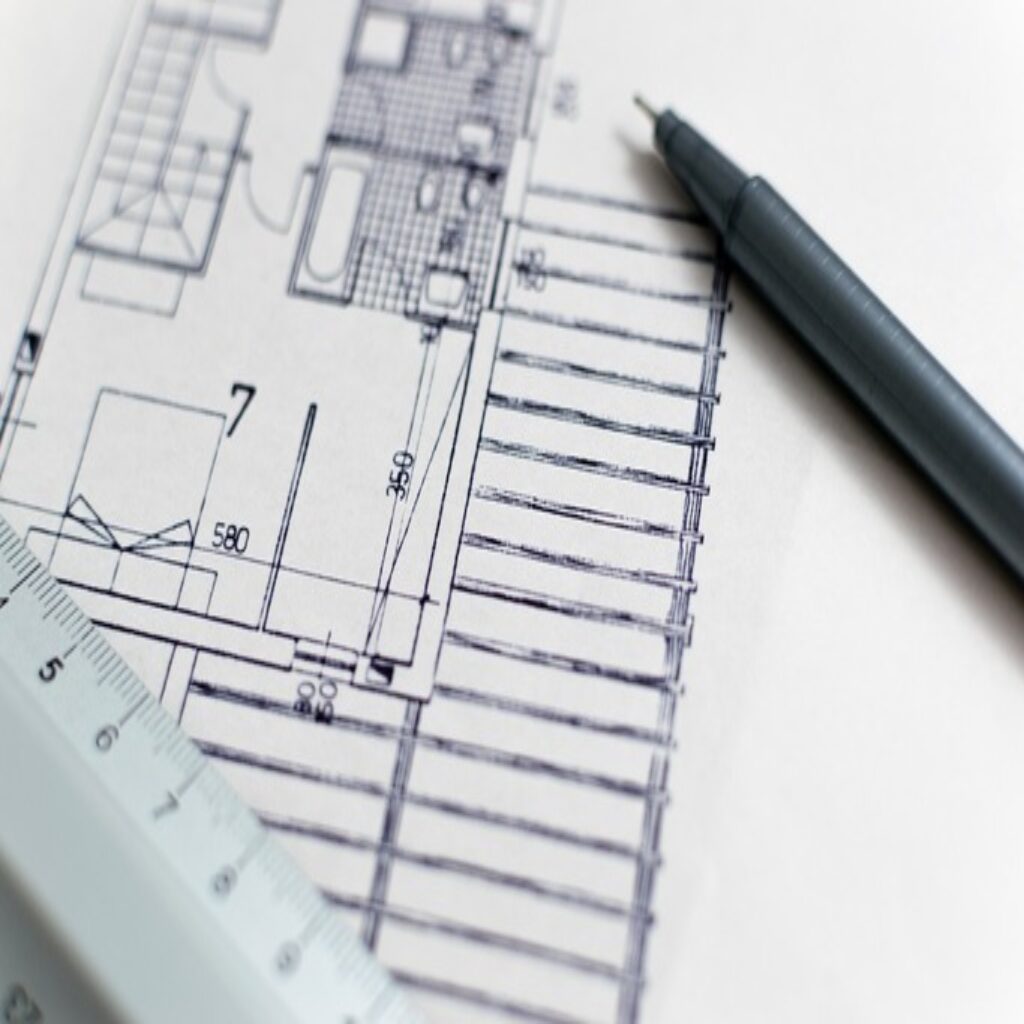When building or remodeling a home in Maryland or DC, understanding the relationship between volume, area, and room layout is critical. These factors significantly impact construction costs, and being aware of them can help homebuyers and homeowners make informed decisions that align with their budget and design preferences.
This guide examines how these elements influence costs and offers insights for those navigating the housing market in Maryland and DC.

Why Volume, Area, and Room Layout Matter
Volume
Volume refers to the total cubic space within a home, factoring in ceiling heights in addition to floor area. While high ceilings can add an open, luxurious feel to rooms, they also increase construction costs as they require additional materials, insulation, and finishing. For energy-conscious buyers, volume can also impact heating and cooling expenses.
Area
The total square footage of a home is one of the most significant determinants of construction costs. Generally, the larger the home, the higher the costs for materials, labor, and permits. However, some areas of the home, like kitchens and bathrooms, are more expensive per square foot due to the need for plumbing, countertops, and specialty finishes.
Rooms
The number of rooms in a home plays a big role in costs. It’s not just the partition walls that add to the price; each separate room requires its own wiring, HVAC adjustments, and finishes. Open floor plans, which reduce the number of interior walls, are often a more budget-friendly option while still delivering a modern aesthetic.
Construction Cost Factors in Maryland and DC
1. Ceiling Heights and Volume
Maryland and DC homeowners who want high vaulted ceilings should be prepared for increased costs. For example, a home with 8-foot ceilings will be more cost-efficient compared to one with 10-foot or higher ceilings due to additional drywall, paint, and HVAC requirements.
2. Square Footage
While land shortages and urban density in places like DC may limit home sizes, many Maryland suburbs allow for larger properties. Keep in mind that construction costs rise disproportionately with size. Features like large basements and attics also add to your usable area but can increase overall costs if fully finished.
3. Room Design and Layout
A well-thought-out layout can maximize functionality while minimizing unnecessary expenses. For instance:
- Opt for multi-use spaces like combining a guest bedroom with a home office.
- Avoid overly complex layouts as they increase framing and finishing costs.
- Consider the placement of wet areas like kitchens and bathrooms; grouping them together can reduce plumbing costs.
This is particularly relevant in Maryland and DC, where labor and materials tend to be more expensive than in less densely populated areas.

Tips for Keeping Construction Costs Manageable
1. Prioritize Essential Features
Decide early on which aspects of your home are non-negotiable. Is it an open floor plan? A spa-like bathroom? By focusing on what truly matters, you can allocate your budget wisely.
2. Optimize Ceiling Heights
If high ceilings aren’t a must, sticking to standard heights can lower your costs without compromising quality. Alternatively, consider using tray ceilings or partial vaulted areas to maintain a visually open look without significant expense.
3. Simplify the Layout
Choose square or rectangular footprints, as they’re cheaper to build compared to irregular shapes. Limiting the number of corners and unique angles can cut labor costs and reduce waste.
4. Build Up, Not Out
In regions like Maryland and DC with limited lot sizes, consider adding vertical space instead of sprawling horizontally. Multi-story homes reduce the foundation and roof area required, which can translate to cost savings.
5. Use Open Floor Plans
Open concept homes remain popular in Maryland and DC not just for their modern appeal but because fewer interior walls can reduce labor and framing costs. Investing in strategic design allows you to create spaces that feel larger while keeping the overall square footage manageable.
6. Work with a Local Builder
Selecting a local contractor familiar with Maryland and DC regulations ensures compliance with building codes while eliminating unnecessary delays due to incorrect permits or zoning misunderstandings. Local expertise also provides valuable insights into cost-saving strategies specific to the region.
The Impact of Labor and Material Costs in Maryland and DC
Labor costs tend to be higher in metropolitan areas like DC due to demand and living costs for tradespeople. To mitigate this:
- Plan during off-peak seasons when contractors may offer lower rates.
- Source locally available materials, as importing specialty items can inflate costs.
Material costs, including wood and steel, fluctuate over time. Maryland homeowners may access affordable materials through nearby suppliers, but urban DC buyers may face additional logistics surcharges.
Another area to consider is energy efficiency. Using eco-friendly construction methods or opting for insulation and windows that meet Maryland and DC energy codes may involve upfront costs but lead to long-term savings.
Bringing it All Together
Constructing or renovating a home is a big investment, and understanding how volume, area, and room design influence costs can lead to smarter choices. Whether you’re considering high ceilings, maximizing square footage, or redesigning your layout, budget-conscious planning will ensure your dream home doesn’t break the bank.





